Category
Popular Articles
- AI (12)
- Android (38)
- App Suggest (4)
- Apple (15)
- Apple TV (2)
- Bluetooth (3)
- Cars (2)
- ChatGpt (1)
- Chrome (2)
- Did you know? (1)
- E-Commerce News (1)
- Ecommerce Websites business (7)
- Electronics Shopping (5)
- Fashion Tips (3)
- Gaming (4)
- Google Gemini (3)
- Hair Care Tips (2)
- How to (13)
- iCloud (1)
- Infotainment System (1)
- Iphone (101)
- Job Posting (1)
- Lifestyle (3)
- Mac (20)
- Mobile Games (1)
- Netflix (1)
- Online Shopping Websites (2)
- Personal Finance Management (3)
- Product Reviews (3)
- Roku TV (4)
- Samsung (9)
- Shopping Tips (10)
- Spotify (1)
- Tech (92)
- Windows 11 (18)
- Zero Waste (3)
Discounted Products
-
 Leo Creation 144 TC Cotton Double Jaipuri Prints Flat Bedsheet(Pack of 1, Blue, Gree, Red, Grey, Light Grey)
Leo Creation 144 TC Cotton Double Jaipuri Prints Flat Bedsheet(Pack of 1, Blue, Gree, Red, Grey, Light Grey)
₹2,999.00Original price was: ₹2,999.00.₹329.00Current price is: ₹329.00. -
 Home Garage 210 TC Cotton King Floral Fitted (Elastic) Bedsheet(Pack of 1, Grey)
Home Garage 210 TC Cotton King Floral Fitted (Elastic) Bedsheet(Pack of 1, Grey)
₹999.00Original price was: ₹999.00.₹299.00Current price is: ₹299.00. -
 Goodrik 140 TC Cotton Double 3D Printed Flat Bedsheet(Pack of 1, Brown)
Goodrik 140 TC Cotton Double 3D Printed Flat Bedsheet(Pack of 1, Brown)
₹499.00Original price was: ₹499.00.₹229.00Current price is: ₹229.00. -
 GLOBALSHOP 350 TC Microfiber Double Floral Flat Bedsheet(Pack of 1, Multicolor)
GLOBALSHOP 350 TC Microfiber Double Floral Flat Bedsheet(Pack of 1, Multicolor)
₹1,250.00Original price was: ₹1,250.00.₹263.00Current price is: ₹263.00. -
 RisingStar 250 TC Microfiber King Printed Fitted (Elastic) Bedsheet(Pack of 1, FITTED-ROUND-CIRCLES-PREMIUM)
RisingStar 250 TC Microfiber King Printed Fitted (Elastic) Bedsheet(Pack of 1, FITTED-ROUND-CIRCLES-PREMIUM)
₹2,299.00Original price was: ₹2,299.00.₹299.00Current price is: ₹299.00. -
 Home Garage 210 TC Cotton King Floral Fitted (Elastic) Bedsheet(Pack of 1, Fitted Black Green)
Home Garage 210 TC Cotton King Floral Fitted (Elastic) Bedsheet(Pack of 1, Fitted Black Green)
₹1,299.00Original price was: ₹1,299.00.₹299.00Current price is: ₹299.00. -
 Home Garage 180 TC Cotton King 3D Printed Flat Bedsheet(Pack of 1, White)
Home Garage 180 TC Cotton King 3D Printed Flat Bedsheet(Pack of 1, White)
₹999.00Original price was: ₹999.00.₹229.00Current price is: ₹229.00. -
 Home Sizzler 153 cm (5 ft) Polyester Room Darkening Window Curtain (Pack Of 2)(Floral, Maroon)
Home Sizzler 153 cm (5 ft) Polyester Room Darkening Window Curtain (Pack Of 2)(Floral, Maroon)
₹799.00Original price was: ₹799.00.₹299.00Current price is: ₹299.00. -
 Panipat Textile Hub 152.4 cm (5 ft) Polyester Window Curtain (Pack Of 2)(Solid, Aqua)
Panipat Textile Hub 152.4 cm (5 ft) Polyester Window Curtain (Pack Of 2)(Solid, Aqua)
₹1,899.00Original price was: ₹1,899.00.₹299.00Current price is: ₹299.00. -
 Home Sizzler 214 cm (7 ft) Polyester Semi Transparent Door Curtain (Pack Of 2)(Floral, Maroon)
Home Sizzler 214 cm (7 ft) Polyester Semi Transparent Door Curtain (Pack Of 2)(Floral, Maroon)
₹1,199.00Original price was: ₹1,199.00.₹399.00Current price is: ₹399.00. -
 Home Sizzler 153 cm (5 ft) Polyester Room Darkening Window Curtain (Pack Of 2)(Floral, Brown)
Home Sizzler 153 cm (5 ft) Polyester Room Darkening Window Curtain (Pack Of 2)(Floral, Brown)
₹799.00Original price was: ₹799.00.₹299.00Current price is: ₹299.00. -
 Stella Creations 214 cm (7 ft) Polyester Room Darkening Door Curtain (Pack Of 2)(Abstract, Brown)
Stella Creations 214 cm (7 ft) Polyester Room Darkening Door Curtain (Pack Of 2)(Abstract, Brown)
₹1,299.00Original price was: ₹1,299.00.₹449.00Current price is: ₹449.00. -
 Homefab India 152.5 cm (5 ft) Polyester Room Darkening Window Curtain (Pack Of 2)(Floral, Light Blue)
Homefab India 152.5 cm (5 ft) Polyester Room Darkening Window Curtain (Pack Of 2)(Floral, Light Blue)
₹1,199.00Original price was: ₹1,199.00.₹319.00Current price is: ₹319.00. -
 Urban Home 214 cm (7 ft) PVC Transparent Door Curtain Single Curtain(Solid, Off White)
Urban Home 214 cm (7 ft) PVC Transparent Door Curtain Single Curtain(Solid, Off White)
₹699.00Original price was: ₹699.00.₹203.00Current price is: ₹203.00. -
 Panipat Textile Hub 213 cm (7 ft) Polyester Door Curtain (Pack Of 2)(Solid, Brown)
Panipat Textile Hub 213 cm (7 ft) Polyester Door Curtain (Pack Of 2)(Solid, Brown)
₹1,199.00Original price was: ₹1,199.00.₹349.00Current price is: ₹349.00.
Affiliate Links
Promotion
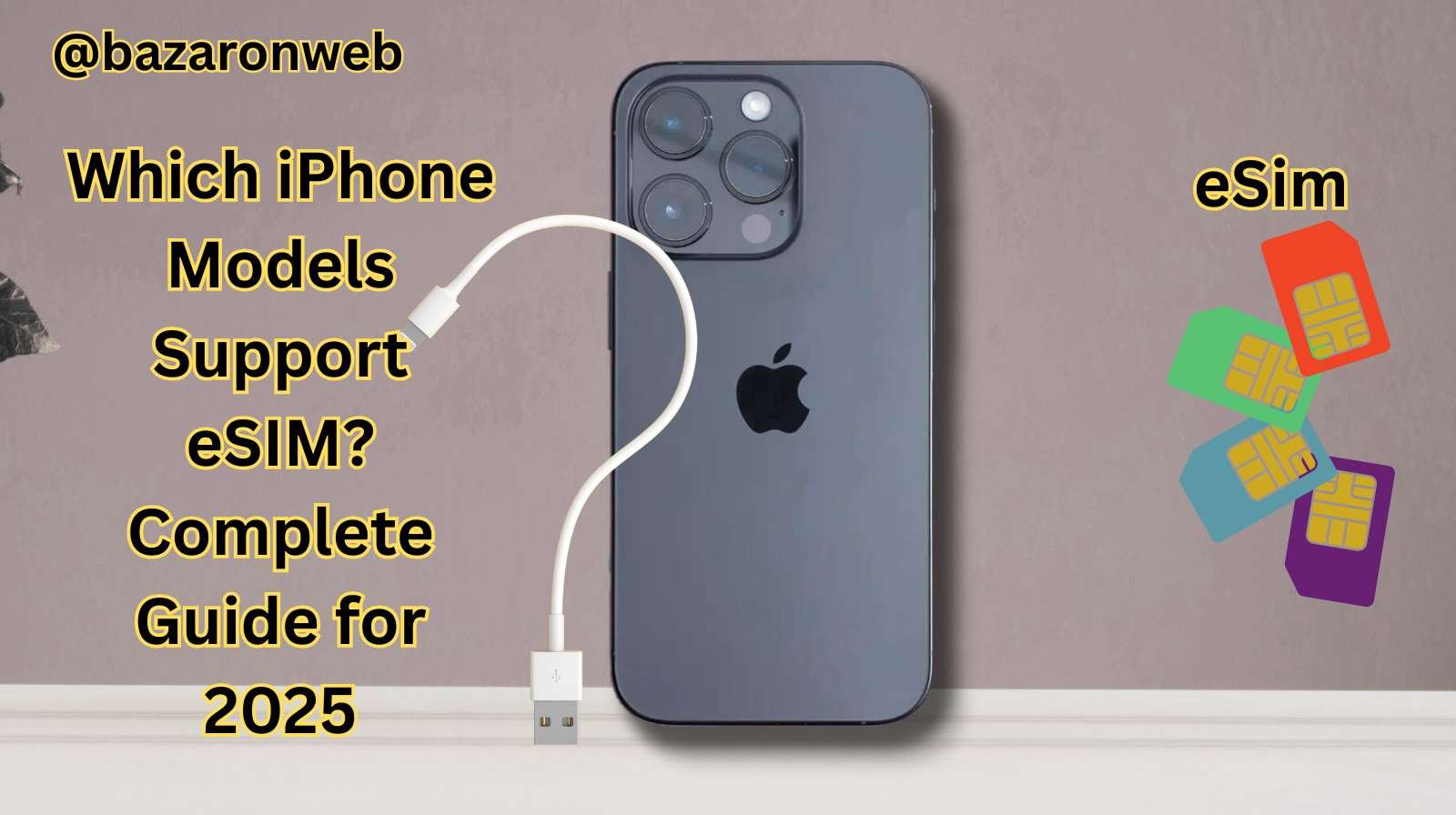
Apple has always been ahead of the curve when it comes to redefining how we use technology. From removing the headphone jack to introducing Face ID, the company has never been afraid to move the industry forward. One of the biggest shifts Apple has made in recent years is the adoption of eSIM technology in iPhones.
If you’ve ever wondered what eSIM is, which iPhone models support it, or why Apple has started selling eSIM-only iPhones in some regions, you’re in the right place. In this detailed guide, I’ll break it all down for you so you’ll know exactly where your iPhone stands.
What is eSIM?
Before we list the iPhones that support eSIM, let’s quickly recap what it actually is.
- eSIM stands for embedded SIM. Unlike the traditional plastic SIM card you insert into your phone, an eSIM is a small, built-in chip inside your device.
- It functions exactly like a physical SIM card, allowing you to connect to mobile networks.
- The big difference? You don’t need to swap cards—your carrier can activate your eSIM remotely through a QR code, app, or software update.
This means no more fumbling with tiny SIM ejector pins or worrying about losing your SIM card while traveling.
Why is Apple Pushing eSIM?
Apple has been one of the strongest advocates for eSIM adoption. Here’s why:
- Sleeker Design – Removing the SIM tray creates more internal space for batteries and other components.
- Better Security – eSIMs can’t be physically stolen like traditional SIM cards.
- Dual SIM Capability – Many iPhones support Dual SIM with an eSIM and physical SIM, or even Dual eSIMs.
- Convenience for Travelers – You can add a temporary international eSIM plan without removing your primary SIM card.
- Environmental Benefits – No need for millions of tiny plastic SIM cards worldwide.
iPhone Models That Support eSIM
Now let’s get into the real question: Which iPhones actually support eSIM? Apple began introducing eSIM support back in 2018, and since then, every flagship iPhone has included it.
Here’s the breakdown:
📱 iPhone XS, iPhone XS Max, and iPhone XR (2018)
- First iPhones to introduce eSIM support.
- Allowed Dual SIM capability (one nano-SIM + one eSIM).
- Paved the way for wider eSIM adoption in future iPhones.
📱 iPhone 11 Series (2019)
- Continued eSIM support across all models: iPhone 11, 11 Pro, and 11 Pro Max.
- Dual SIM functionality was popular with travelers and business users.
📱 iPhone SE (2nd Generation, 2020)
- Compact and affordable, yet supported eSIM alongside a physical SIM.
📱 iPhone 12 Series (2020)
- iPhone 12, 12 Mini, 12 Pro, and 12 Pro Max all supported eSIM.
- These models allowed up to two active numbers (nano-SIM + eSIM).
📱 iPhone 13 Series (2021)
- iPhone 13 Mini, 13, 13 Pro, and 13 Pro Max took eSIM support further.
- Supported Dual eSIMs in addition to physical SIM in some regions.
📱 iPhone SE (3rd Generation, 2022)
- Budget-friendly model with full eSIM support.
- Ideal for users who wanted Apple’s latest tech without the flagship price.
📱 iPhone 14 Series (2022)
- Major milestone: In the U.S., Apple sold iPhone 14 models without a physical SIM tray.
- iPhone 14, 14 Plus, 14 Pro, and 14 Pro Max were the first eSIM-only iPhones in the U.S.
- In other regions, Apple still included physical SIM trays while supporting eSIM.
📱 iPhone 15 Series (2023)
- Followed the same path as the iPhone 14.
- U.S. models were eSIM-only, while international models offered both physical SIM and eSIM options.
- Improved ability to store up to 8 eSIM profiles, with two active at the same time.
📱 iPhone 16 Series (2024)
- Continued the eSIM-only approach in the U.S.
- Offered advanced eSIM management, making it easier to switch carriers or international plans on the go.
📱 iPhone 17 Series (2025)
- The latest lineup (as of this year) keeps Apple’s commitment to eSIM.
- Still eSIM-only in the U.S. and several other regions.
- Globally, support for physical SIM trays continues in select markets where eSIM adoption is still catching up.
Regional Differences in eSIM Support
While eSIM technology is expanding globally, adoption rates vary. Here’s what you should know:
- United States – Starting with iPhone 14, U.S. models are eSIM-only. If you buy an iPhone 14 or newer in the U.S., you won’t find a SIM tray.
- Europe – Apple sells both eSIM + physical SIM versions, but eSIM support is widely available.
- Asia & Middle East – Some carriers are slower to adopt eSIM, so Apple still includes physical SIM trays in many models.
- Travelers – The good news is, even if your home carrier doesn’t support eSIM, you can often activate an international eSIM while abroad.
Benefits of Using eSIM on iPhone
Here’s why using an eSIM on your iPhone can make your life easier:
- Quick Activation – No need to visit a store or wait for a SIM card delivery.
- Dual Numbers – Keep a personal and work number on the same iPhone.
- Travel-Friendly – Add a local data plan when traveling abroad without removing your main SIM.
- No SIM Tray Issues – No chance of damaging or losing your SIM card.
- Supports Multiple Profiles – Store several eSIM profiles and switch when needed.
Things to Keep in Mind
- Carrier Support – Not all carriers worldwide support eSIM yet. Always check with your provider.
- Setup Process – Usually requires scanning a QR code from your carrier or using their app.
- Device Lock – If your iPhone is carrier-locked, you may not be able to use another carrier’s eSIM.
- Older iPhones – Models before iPhone XS (like iPhone 8, X, and earlier) do not support eSIM.
The Future of eSIM on iPhones
Apple’s decision to launch eSIM-only iPhones in the U.S. was bold but expected. As carriers worldwide catch up, we can expect physical SIM trays to disappear globally within the next few years.
This change aligns with Apple’s vision of simpler, more secure, and environmentally friendly devices. For users, it means more convenience and flexibility in how we connect to mobile networks.
Final Thoughts
So, which iPhone models support eSIM? Starting with the iPhone XS, XS Max, and XR in 2018, every iPhone released since has included eSIM support. From the iPhone 14 onwards in the U.S., Apple has fully transitioned to eSIM-only devices.
If you’re planning to upgrade or buy a new iPhone, chances are it already supports eSIM. Just make sure your carrier offers eSIM service, and you’ll be ready to enjoy the benefits of faster, more secure, and more flexible connectivity.
Written by Bazaronweb
Latest Tech Articles
- 5 Ways to Backup and Restore Registry Settings in Windows

- iMessage Not Syncing Between iPhone & Mac? 8 Proven Ways to Fix Account & Device Issues
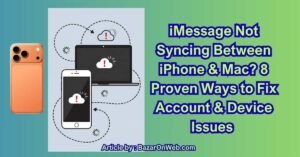
- Outlook Not Receiving Emails? 8 Proven Fixes for Windows, Mac & Mobile

- Zoom Not Connecting? 7 Ways to Fix Meeting Join Errors on Windows & Mac

- Microsoft Teams Not Opening? 5 Proven Fixes to Restart Your Workspace

Products
-
![Apple Watch Ultra 3 [GPS + Cellular 49mm] Running & Multisport Smartwatch w/Rugged Titanium Case w/Black Titanium Milanese Loop - M. Satellite Communications, Advanced Health & Fitness Tracking](https://bazaronweb.com/retailstores/wp-content/uploads/2025/09/apple-watch-320x320.jpg) Apple Watch Ultra 3 [GPS + Cellular 49mm] Running & Multisport Smartwatch w/Rugged Titanium Case w/Black Titanium Milanese Loop - M. Satellite Communications, Advanced Health & Fitness Tracking
Apple Watch Ultra 3 [GPS + Cellular 49mm] Running & Multisport Smartwatch w/Rugged Titanium Case w/Black Titanium Milanese Loop - M. Satellite Communications, Advanced Health & Fitness Tracking
-
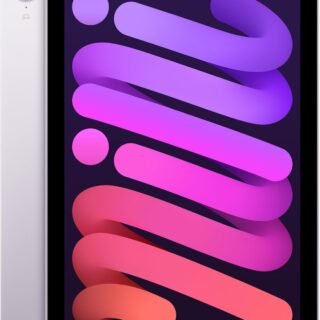 Apple iPad mini (A17 Pro): Apple Intelligence, 8.3-inch Liquid Retina Display, 256GB, Wi-Fi 6E, 12MP Front/12MP Back Camera, Touch ID, All-Day Battery Life — Purple
Apple iPad mini (A17 Pro): Apple Intelligence, 8.3-inch Liquid Retina Display, 256GB, Wi-Fi 6E, 12MP Front/12MP Back Camera, Touch ID, All-Day Battery Life — Purple
-
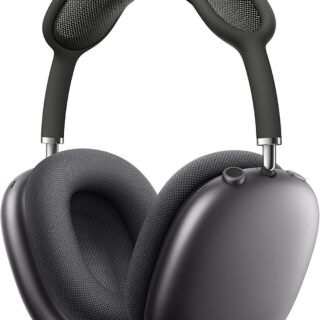 Apple AirPods Max Wireless Over-Ear Headphones, Active Noise Cancelling, Transparency Mode, Personalized Spatial Audio, Dolby Atmos, Bluetooth Headphones for iPhone – Space Gray
Apple AirPods Max Wireless Over-Ear Headphones, Active Noise Cancelling, Transparency Mode, Personalized Spatial Audio, Dolby Atmos, Bluetooth Headphones for iPhone – Space Gray
-
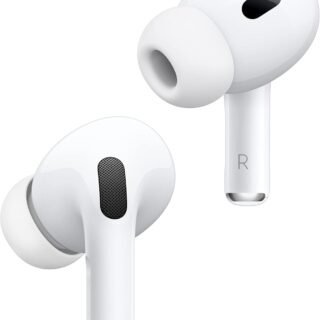 Apple AirPods Pro 2 Wireless Earbuds, Active Noise Cancellation, Hearing Aid Feature, Bluetooth Headphones, Transparency, Personalized Spatial Audio, High-Fidelity Sound, H2 Chip, USB-C Charging
Apple AirPods Pro 2 Wireless Earbuds, Active Noise Cancellation, Hearing Aid Feature, Bluetooth Headphones, Transparency, Personalized Spatial Audio, High-Fidelity Sound, H2 Chip, USB-C Charging
-
 Leo Creation 144 TC Cotton Double Jaipuri Prints Flat Bedsheet(Pack of 1, Blue, Gree, Red, Grey, Light Grey)
Leo Creation 144 TC Cotton Double Jaipuri Prints Flat Bedsheet(Pack of 1, Blue, Gree, Red, Grey, Light Grey)
₹2,999.00Original price was: ₹2,999.00.₹329.00Current price is: ₹329.00.
Leave a Reply